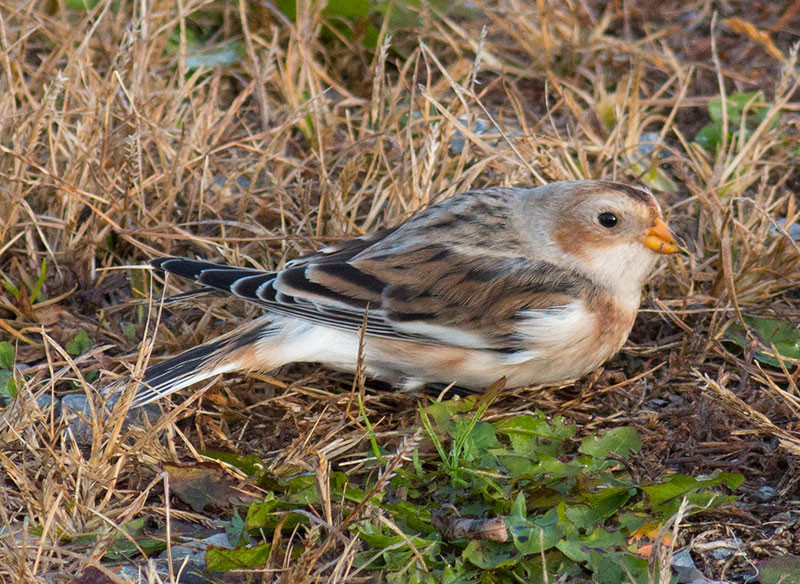Winter Birding Tips
11/15/15
By David Brown
Winter doesn't have the anticipation of spring warbler migration, nor does it have the nice weather of summer, but it does give birders the opportunity to see many species that are not here any other time of year.
One of my favorite parts of winter is watching waterfowl. Rose Valley Lake gets a large number of migrating ducks, geese, and swans. In the winter when lakes and ponds are frozen, waterfowl congregate on the river. The Williamsport river walk is a common spot to watch waterfowl because many congregate at the islands near the dam. Species to watch for include bufflehead, canvasback, redhead, and long-tailed duck.
In winter, birds behave differently so birders must adjust as well. In the spring and summer birds are spread out into nesting territories. In winter, individuals gather in flocks around food sources. For example, American robins are not picking worms out of your front yard in winter. They are eating berries in the woods. Many smaller birds, such as sparrows, hide in dense cover so brushy areas are a good place to look. One of the best strategies is to get into suitable habitat and keep moving until you find an active group of birds, then work at identifying as many of them as possible before moving on.
The snowy owl irruption of two winters ago led many new birders to discover the birds that can be found by driving around farmland. Short-eared owls and northern harriers can be found hunting low over fields. Rough-legged hawks can be seen perched at the tops of trees. Flocks of small birds on farm fields are likely horned larks, snow buntings, and Lapland longspurs.

Snow Bunting
One of the most anticipated birding events of winter is the Christmas Bird Count. This involves birders splitting up and covering a 15 mile diameter circle to find and count as many birds as possible. Bragging rights are on the line and important scientific data is collected. The data is tracked by the National Audubon Society and used to research trends in bird populations. Locally we have a count in the Williamsport area and another in northern Lycoming County and there are many more throughout the region.
Having bird feeders in your yard in the winter is a popular activity that allows you to watch birds from the warmth of your home. Here are a few basic tips. Place the feeders near a bush or tree so the birds have a safe spot to fly to. Cheap bird seed often has fillers that will end up accumulating on the ground, so sometimes buying more expensive seed is just as cost effective and requires less cleanup. Having multiple types of feeders such as platform feeders, tube feeders, suet cages, and a water source to drink from will attract a larger variety of birds. Leaving a hummingbird feeder up in the winter provides the chance to attract rare vagrant species such as rufous hummingbirds.
Birding in the winter can be just as much fun as the rest of the year so get and see what you can find.